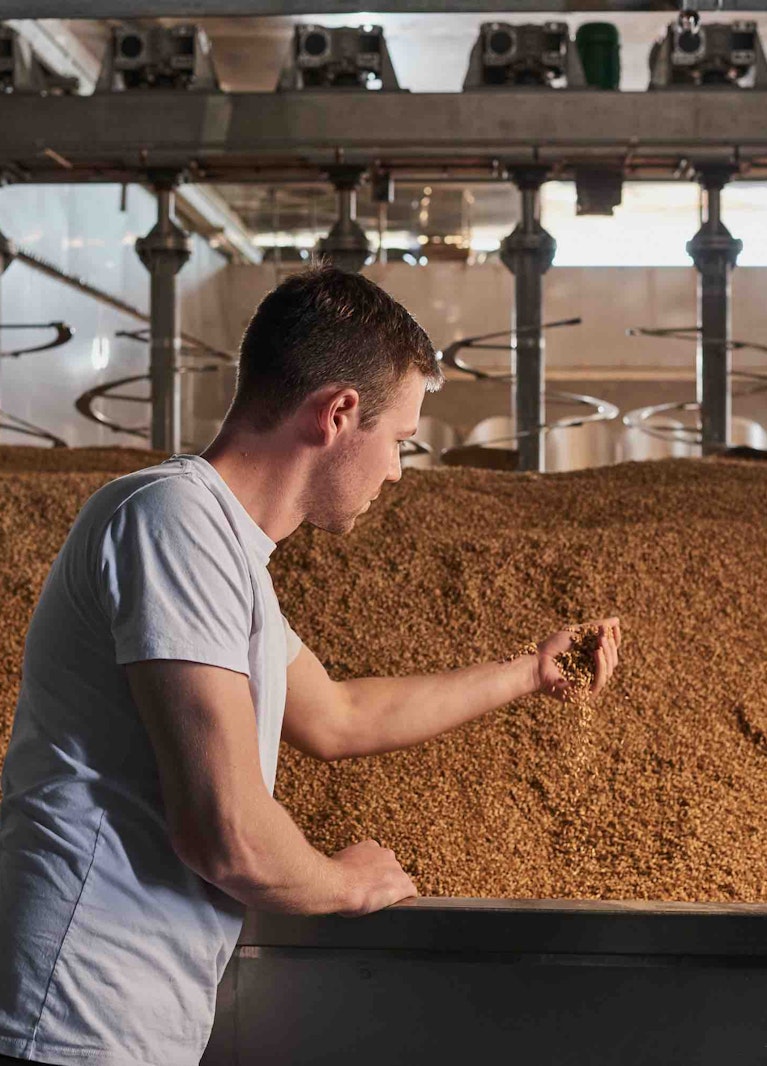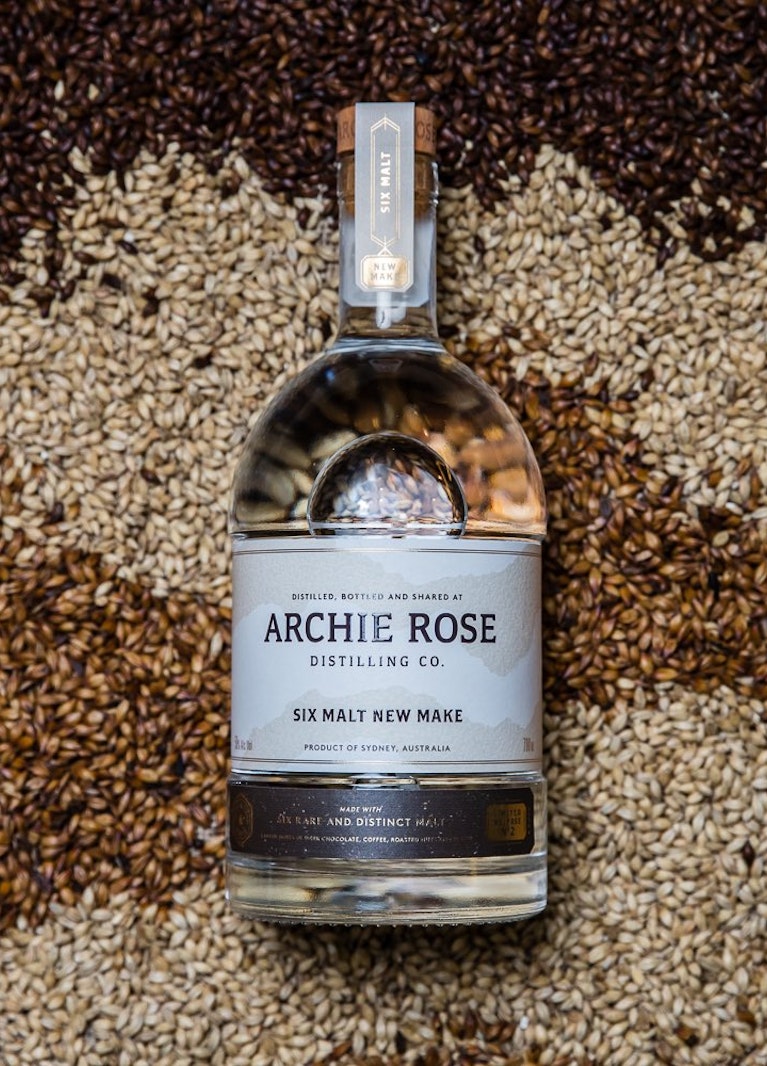The Archie Rose Journey to Whisky
I always wanted to make Australian gins and Australian whiskies, plural. It was part of the plan from the very beginning. And what most people wouldn’t realise is that we’ve been distilling and laying down casks of whisky since we started Archie Rose in 2014.
Making whisky is without a doubt the most intensive project and largest R&D commitment we’ve ever undertaken. Want to be a whisky producer? You’re investing in trials and production now for a spirit that you’ll then let mature for two to four to even six years, and it’s evaporating every day. We’ve been making whisky for four years and we still haven’t sold a bottle. There are yeast trials we ran three years ago that we’re only just seeing the results of now. It’s a long journey, but we think the whisky decides when it’s ready and we never want to rush things.
On a bit of a side note, the interesting thing about being a distilling company, rather than just being a gin distillery or a whisky distillery, is that it allows us to take the lessons learned from one category, like whisky, say, and apply them to another, like gin or vodka.
There are obvious differences between how gin and whisky are made, but there are also lots of similarities in our approach. What we’re always trying to do, no matter what the spirit is, is showcase amazing local ingredients. It’s why we distil all of our botanicals individually to make our gins – because we want to produce the best possible distillate with the best possible flavour – and it’s the same approach we take with our whisky and the individual malts that make up the mash bill.

For both our Single Malt and our Rye Malt Whisky – which we hope to release from 2019 – we’re trying to source as many of our malts as possible from New South Wales. We’re working with local grain growers and local malting houses, so, wherever possible, we don’t have to buy internationally. We’re also continually looking for meaningful innovation; often doing things the traditional way first, and then reverse engineering “why” or “if” it should be done that way.
When we started making our whisky, we started with a traditional brewer’s malt and a distiller’s malt (a very typical “Australian Single Malt Whisky” mash bill). But then we thought, why only use one or two malts when brewers are using all these other interesting specialty malts? What we landed on in the end, were six malts - forming the base of our brand new Six Malt New Make. A lot of more traditional whiskies are quite cask forward, but our aim is to strike a better balance. We want to showcase the individual character of each malt and complement that with the influence of the cask, instead of relying on the cask to supply the backbone of flavour.
In Europe when they make whisky, typically they’ll use one distiller’s malt, which produces a very high yielding spirit. To give it some context: a distiller’s malt would typically produce about 400 pure litres of alcohol per tonne of malt. The chocolate malt we use – one of our six specialty malts – on the other hand, will only yield 30 to 40 litres of alcohol per tonne. It’s very inefficient, but the flavour it produces is incredible.

At the end of the day, we’re perfectly happy to sacrifice yield and efficiency in search of more flavour. Working with specialty roasted malts is challenging. Extreme variances in yield and the malts having completely different characteristics in ferment, for example, are just part of the game. It’s tough, but it’s also the exact reason why we work with them. We know those complex chocolatey, coffee and burnt caramel notes await. So, in the meantime, sit tight and pour yourself a Six Malt New Make.